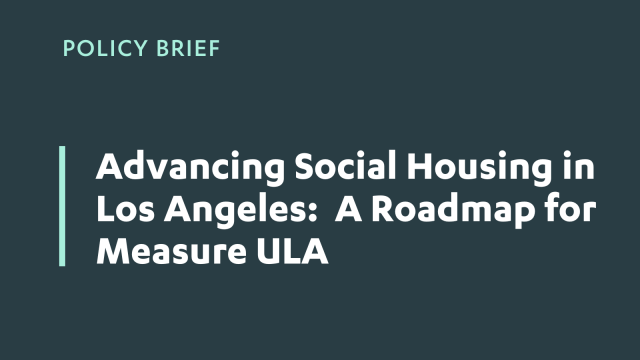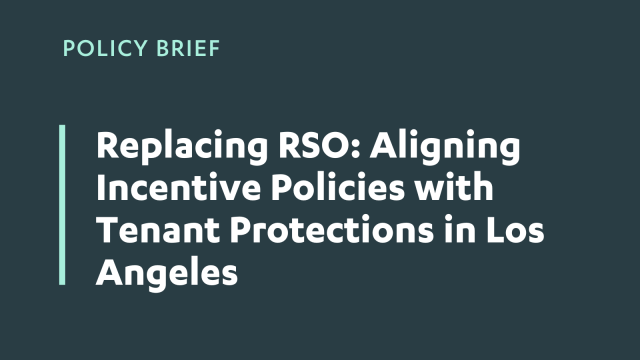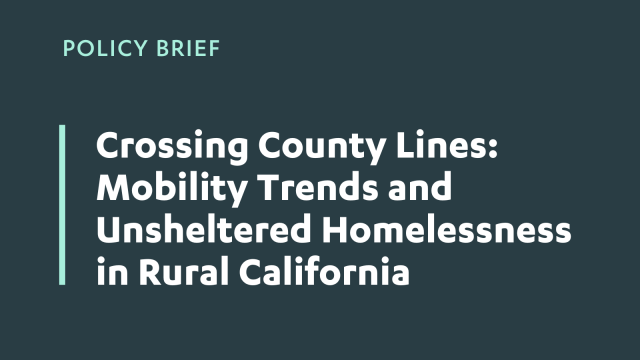Building for the Future: Alternatives to Address California’s Housing Crisis Through Municipal Finance Reform
As California faces a crisis for affordable housing, policymakers must consider alternatives that will lead to the creation of equitable housing solutions. The enactment of Proposition 13 in 1978 prevented the influx of an abundance of state generated revenue that could be used for the development of affordable housing in California. This report examines three policy alternatives to foster additional revenue generation towards the development of affordable housing units throughout California: a land value lax (LVT), progressive property transfer tax, and reform of Proposition 13. Additionally, this report evaluates each policy alternative according to four criteria: political feasibility, technical feasibility, revenue generation, and equity. The study frames alternative projections in terms of their effects on thirteen ‘case study’ cities representing California’s most populated areas: Anaheim, Bakersfield, Fresno, Long Beach, Los Angeles, Oakland, Riverside, Sacramento, San Diego, San Jose, San Francisco, Santa Ana, and Stockton. These 13 cities represent a large proportion of California’s population, and additionally are representative of the many diverse demographics, landscapes, housing types, and densities that can be found within the state. Our analysis finds that all of our alternatives would generate substantial revenue towards the development of affordable housing in California. While no one alternative emerges as the clear best option, each features its own strengths and weaknesses. A land value tax excels most at revenue generation, a progressive property transfer tax poses the least political and technical feasibility issues, and a reformed Proposition 13 would best reverse policy decisions that have harmed California’s most historically marginalized populations. Additionally, reform of revenue-agnostic measures such as cumbersome bureaucratic processes and restrictive zoning ordinances is necessary to fully address the state’s housing shortfall. As there is no panacea for California’s affordable housing crisis, researchers recommend pursuing the alternative, or combination of alternatives, that best fits each municipality’s political context, demographic make-up, and municipal financing framework.



